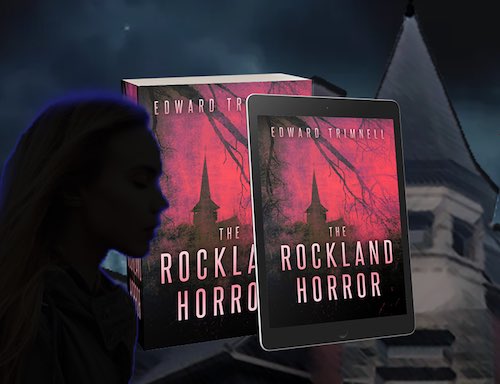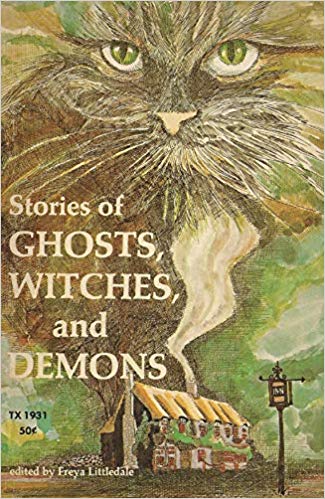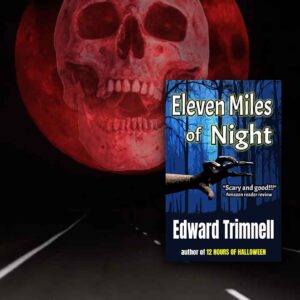I recently received an email from a reader of 12 Hours of Halloween, asking me about “Devil’s Night” and the 1980s. The reader wanted to know if I participated in any Devil’s Night mayhem as a youth.
For those of you who don’t know the term: Devil’s Night, aka Damage Night, or Mischief Night, is traditionally the night before Halloween, October 30.
The observance apparently dates back to the 1790s. In the 1800s, this was a night when children engaged in innocent pranks, like soaping neighbors’ windows.
But nothing remains innocent for long, does it? By the time I was a kid, in the late 1970s, Devil’s Night had acquired a bad reputation. This was largely owing to the destructive arson sprees that took place in cities like Detroit on October 30, starting in the 1960s.
Strait-laced suburban youth that I was, I wanted no part of any of that. Nor did I hear much about such pranks during my trick-or-treating years. I think a few kids may have toilet-papered trees. But that’s about the extent of it.
In my personal circle, I have been acquainted with exactly one person who admitted to serious Devil’s Night misconduct: my maternal grandfather.
My maternal grandfather (who loved Halloween) was one of my favorite people. He was also a World War II veteran.
But before all of that, he was a youth in rural Southern Ohio, on the westernmost fringes of Appalachia. He grew up in the 1930s. And if you think those were innocent times, then you’ve been watching too many episodes of The Waltons.
On Devil’s Night, my grandfather and his friends used to engage in some marginally malicious hijinks. Much of this consisted of tipping over outhouses
My grandfather told me about one Devil’s Night on which a crotchety old man (who was the bane of local children) fired a shotgun at him and his friends in the dark.
No one was harmed. According to my grandfather, though, the man had fired his shotgun with the intent of doing serious bodily injury to the trespassers. (And they had just tipped over his outhouse.)
Do I approve of what my grandfather and his friends did that night? No, of course not. But I’m quite grateful that that old man’s aim was off. Otherwise, I might not be here to write this post.
-ET
**12 HOURS OF HALLOWEEN**
Halloween night 1980 will be unlike any other!
On Halloween night 1980, three young friends face the perils of a supernatural curse.
Their familiar suburban environment is transformed into a nightmare hellscape of witches, evil spirits, and unimaginable creatures.
A terrifying coming-of-age tale for Generation X, or anyone nostalgic for the 1980s!













